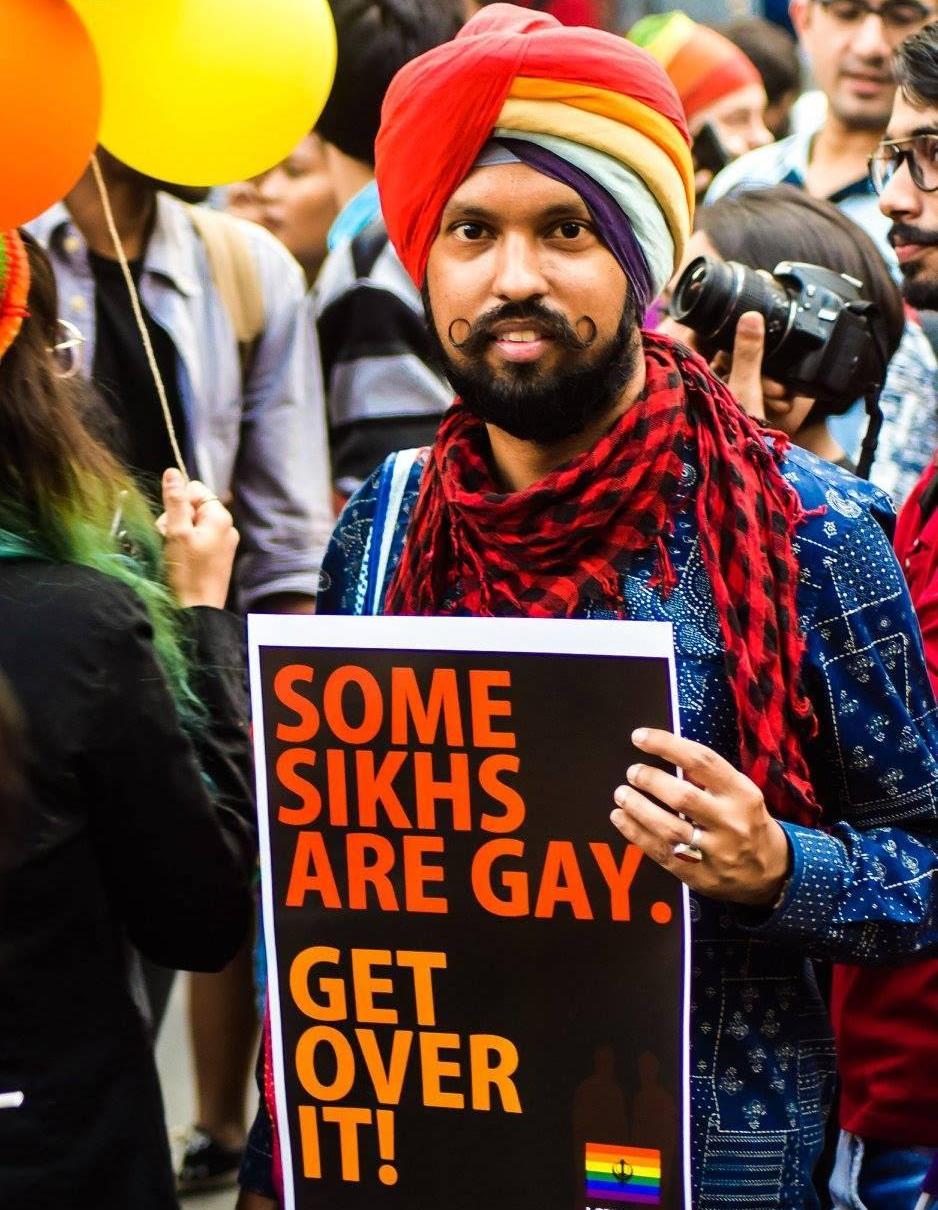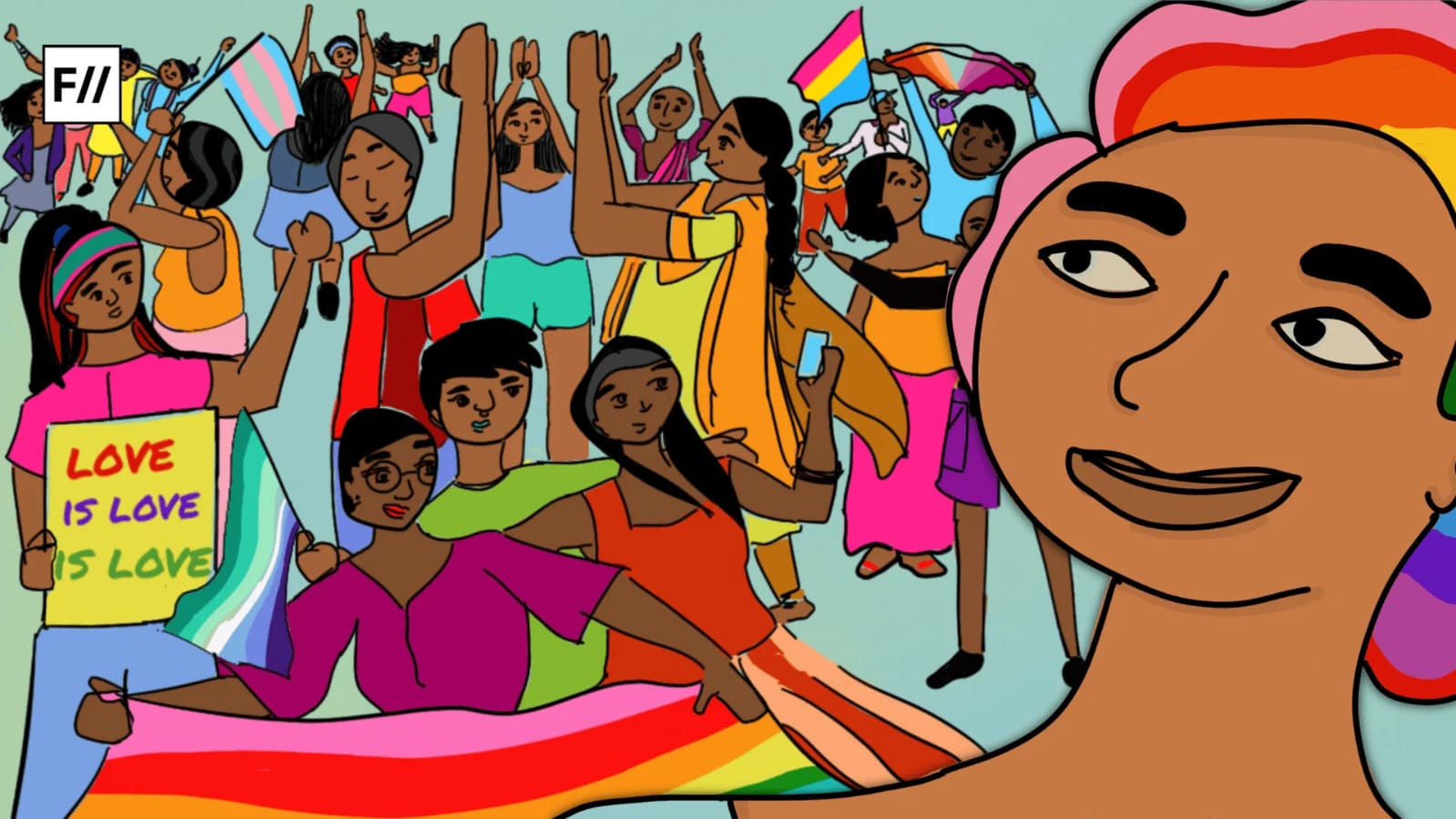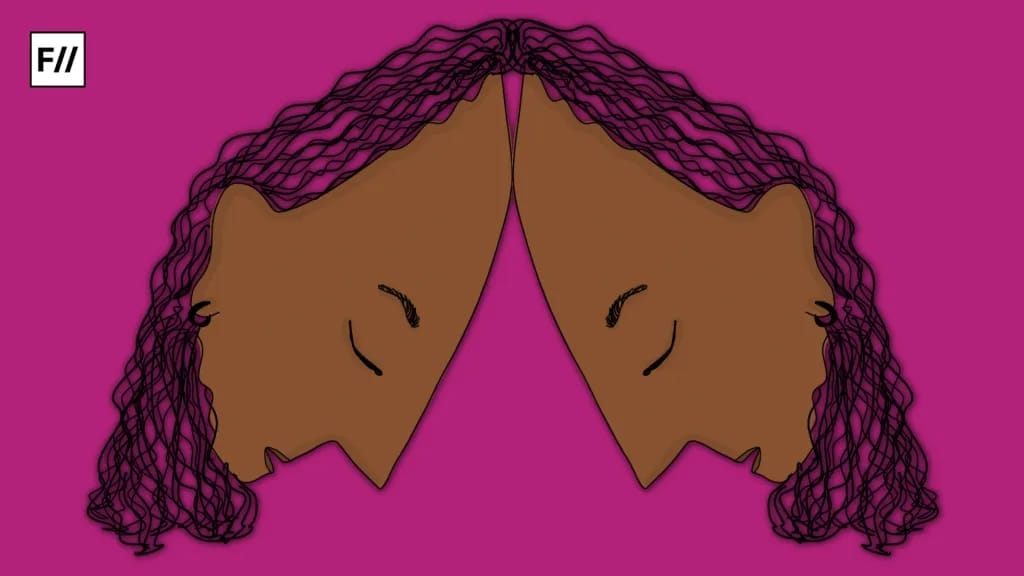Posted by Sukhdeep Singh
It is not often that you come across openly queer Sikhs in the media. Growing up as a gay Sikh man, the lack of visibility of queer Sikhs cast doubts in my mind about the various identities that I held – of being gay and Sikh. Was it possible to be both? Would I be accepted in the queer community with my Sikh identity, or would I have to give up on one for the other? As I was trying to understand and accept my sexuality, these questions kept disturbing me. Everywhere I saw, I could only find clean shaved men. Being gay seemed to mean being a non-turbaned, well-shaved man, and this caused a lot of insecurity within me. With a growing beard and moustache, I doubted anyone would ever want to date me, leading to a lot of self-image issues that took some time to go.
When I came out in college, my friends suggested that people may not find me attractive because of my beard and moustache. When I met a senior from my college, much older than me, who I learnt was gay (married), over coffee, he too said that I should cut down my hair, as otherwise I will not be accepted well.
The first few experiences of dating weren’t pleasant at all, adding to my woes. I am a post-internet gay, and like many my age, exploring my sexuality began with creating a fake ID on the internet (Orkut in my case). The first person I met, stopped chatting with me after our meet. He was from my hometown in Barrackpore (Kolkata) and we had been chatting for some time. We met casually, but I never heard back from him after that. I thought it must have been because of my Sikh identity.
Also read: What Does Sikhism Say About Homosexuality?
Then in 2009, I was on an internship in Chandigarh. I was very happy, thinking that I will find more acceptance in the city, since it was the capital of Punjab and had a large Sikh population. Sadly, that was not to be the case. In fact, I found gay people there would only want to date non-Sardars. The moment I revealed that I was a Sardar, the chats would stop. I had been chatting with a guy there for a long time via Orkut, and we decided to meet. I had not revealed to him over chats or calls that I was a Sardar boy. 2009 was the pre-Grindr, pre-smartphone era, and hardly anyone would share their pictures (privacy settings weren’t incorporated in Orkut). When I reached the designated spot to meet, I called him and told him the colour of my pathka that I was wearing. His phone was soon switched off. I waited there for almost an hour, but no one turned up.
Being gay seemed to mean being a non-turbaned, well shaved man, and this caused a lot of insecurity within me.
I soon started mentioning in my profile that I was a Sardar, and before beginning any chat, I would reveal about my religious identity and looks. I didn’t want to go through those experiences again. I soon found out about Guys4Men (now Planetromeo) and had something similar written in my profile there. Over the years, I have found many queer Sikh men mentioning the same in their gay dating profile. I did eventually find a man via G4M who met me and we went on to have sex. But I kept thinking he must have been desperate for sex to have agreed to meet me. If people complimented me and called me cute, I would think they were lying, or just trying to be nice. It took a lot of sleeping around for me to finally come to the realisation that my Sardar identity–a turban, beard and moustache, need not mean that I was unattractive, or would not find a partner.
The rainbow turban attracted quite an attention in the Bengaluru Pride that year, and I got clicked by a few photographers.
This struggle of mine with my Sikh and gay identities could have been easier, had I found openly queer Sikhs around, who could have reassured me and helped me overcome my insecurities. Thus, I decided to be more visible and made it a point to attend the pride marches. After attending the pride march for 4 years in Bengaluru (where I had moved after completing my education), in the year 2014, I decided to do something unique that would merge my two identities into one. I thought of giving my turban a shade of the rainbow. And so, as I wrapped the 6-metre long cloth on my head, I put a small piece of cloth of different colours of the rainbow (which I had) on each layer of the turban. To be honest, I wasn’t sure if I will be able to tie the turban properly with so much of extra cloth, and it did take a few tries and an hour and a half long effort. The rainbow turban attracted quite an attention in the Bengaluru Pride that year, and I got clicked by a few photographers. One of the photos was even shared on Reddit and became a topic of discussion. That year, I visited the Golden Temple in Amritsar wearing the rainbow turban, where it got many a curious look (though I doubt anyone understood its significance).
To the best of my knowledge, this was the debut of the rainbow/pride turban. Since then, I have worn the rainbow turban at every pride march. Over the years, I have found other Sikhs taking on this trend (mostly outside of India). I came across the picture of a straight Sikh man from the US, an employee of Apple, who attended pride march in San Francisco in 2015 in a rainbow turban. He even wrote a whole blog post about it, and how Tim Cook too came and complimented his turban.
Then later, someone shared another picture of a Sikh man from the UK with me who was wearing a similarly styled rainbow turban. The man Chaz Singh, an ally and a Labour Party Councillor for Plymouth Drake Ward, has been wearing the rainbow turban to pride march since 2016 to show his support. In Canada, at a pride march in 2017, Justin Trudeau, the Canadian Prime Minister, noticed a rainbow turban wearing Sardar and came over to him and got clicked (There’s a meme too about it).
Another Sikh man was photographed with a rainbow turban at New York Pride 2018.
But finally, it was the rainbow turban of Jiwandeep Kohli that caught the attention of the White Press. As Jiwandeep mentioned, this was a pic from 2018, that he was tweeting to show his support for the pride month. That no less than Barack Obama tweeted about him, helped it get international attention. In an interview to Buzzfeed, Jiwandeep told, “A few years ago I saw a photo of another Sikh man at a pride parade who had a few colours in his turban. I was looking at that, and I realized the way I tie mine it had the exact right number of layers to make a rainbow.” Many of my friends said that he was referring to me.
It could have been me, or he could be referring to any of the other Sikh men who have since then worn a rainbow turban to pride marches. But I am just happy that my improvisation of the Sikh turban 5 years ago, has brought us to a point that not only is it being adopted by other queer Sikh men, it is being written about in the media all over the world, bringing in much-needed visibility and representation of queer Sikhs in the media. I have also carried posters to Delhi Pride in 2017 that read, “Some Sikhs are gay, get over it” and I sincerely hope that all this visibility of queer Sikhs will help young queer Sikhs in accepting themselves. And that they will not suffer from the same insecurities and self-image issues that I suffered, and I notice other queer Sikh men from suffering.
Also read: A Queer Sikh Trans Man’s Story Of Transition And Community Formation
Sukhdeep Singh is the founder and editor-in-chief of Gaylaxy Magazine. He is currently working on a documentary about LGBT Sikhs.
Featured Image Source: Kartik Sharma/QGraphy
About the author(s)
Gaylaxy is India's leading LGBT Magazine that covers a wide array of topics related to LGBT+ issues, including news, opinion, personal stories, fiction and poetry.





In fact there ARE gays who are turned on by long-haired bearded men!